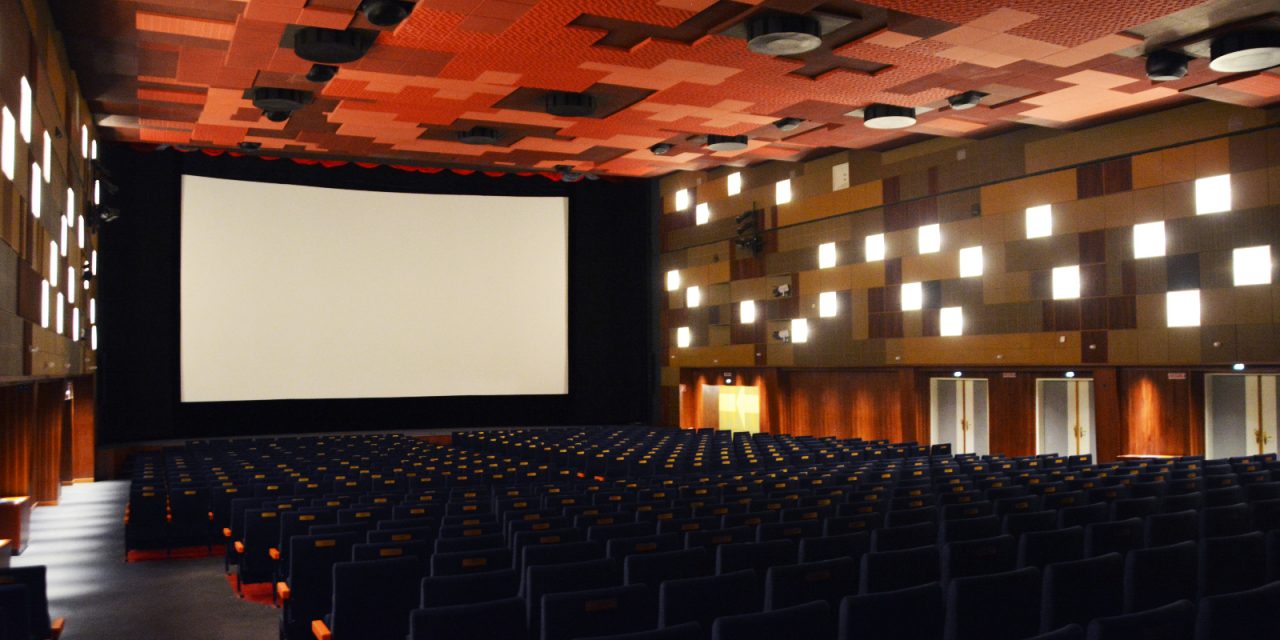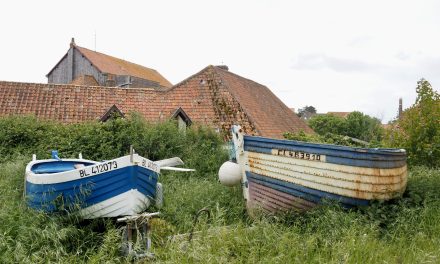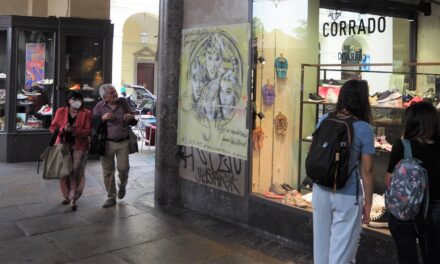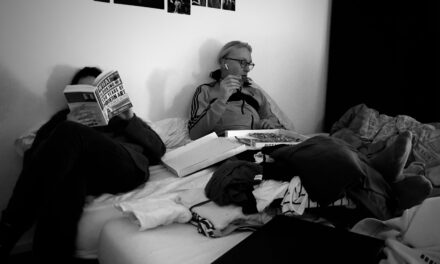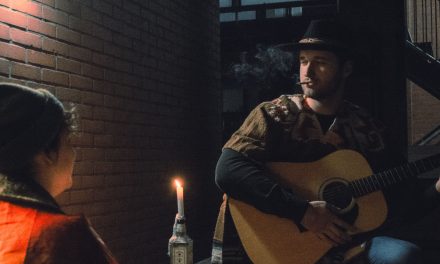The cinema scene in Vienna was hit hard by the aftereffects of the pandemic, viewers only slowly returned to the movie theaters. But in 2023 alternative cinemas are flourishing again and are therefore keeping movie culture alive. The cinemas achieved this by creatively adapting to the new situation.
Cinema and Vienna
Leaving the busy streets of Vienna filled with the sounds of chatting people, car engines and horse hoofs hitting the cobblestone and entering one of Vienna’s alternative cinemas the silence is the first thing one notices. The lobby is full of furniture from the last century. In the movie theater, muffled chatter can be heard as the audience sits down on old-school red-velvet chairs. Conversations die down as the lights are turned off. The screen comes to life and fills the room with light and sound. There is a short period of silence, then a movie starts playing. It is from a local independent director whose name sounds familiar. The people in the audience lean back, relax and get transported to a place they’ve never been before.
The magic of the movies has a long history in Vienna. According to data from the city of Vienna the first ever film screening happened in 1896. French inventor Monsignore Eugene Dupont brought a cinematograph, an invention by the Lumiere Brothers to Vienna. The first ever cinema was opened in 1902. It was called the “Münstedt Kino Palast” and was located at the “Wiener Prater”, which is an amusement park in Vienna. After that, the cinema scene really took off. In 1915 the city had accumulated 150 operating cinemas.
The streets are filled with flocking tourists. They are taking pictures of Vienna’s opera while the sun is beaming down on them. It is hot. Right next to the opera, in a building, whose façade is full of embellishments, is the main office of the Film Museum Vienna. The air in here is cold and fresh. Here the organization stores all types of movies in its archive. They want to keep Vienna’s film history alive by organizing screenings with them.
Christoph Huber is the main curator of the Film Museum and has a big passion for cinema and films. “The idea of an arthouse cinema started in the sixties when the vision of the director as an auteur was born. One began to look at movies differently. Then in the seventies, due to other political movements, people wanted an alternative version of experiencing movies and art. They wanted a distinction between popular or commercial and other less traditional cinemas. Because of this arthouse cinemas were born.”
Ever since then the cinema culture in Vienna was in constant change. The visitor numbers were on a constant decline. According to data by the city of Vienna in 1960 Viennese cinemas had 37,8 million visitors. Three years later in 1963, the number of visitors was already down to 28,8 million visitors. “Before this cinema was the only form of visual entertainment.”, says Huber. The main reason for the decline was the introduction of the TV in the early sixties.
Nowadays, according to statistics of the WKO, Vienna has 27 cinemas – with 12 of them being Arthouse Cinemas. When asked if alternative cinemas should have a fear of closing Huber says that there are only certain forms of cinema that are not current anymore. “Nowadays for example cineplazas don’t really make sense anymore. But the experience of going to a cinema and to fully commit to a movie – that will never go away.”, says Huber.
Nevertheless, the pandemic or the rise of streaming services have brought on new struggles that need to be mastered as a cinema in Vienna. “With the pandemic, you saw a big change when it comes to the audience. The older audience members very slowly returned to the cinemas. Only since the beginning of 2023, it is kind of back to as it was before.”, says Huber. With all that happening cinemas had to rethink their presence and came up with different solutions, to attract new viewers. In the case of the Film Museum Vienna, this solution was uniqueness. “When you have a unique program and an audience member comes to you for that, this binds you to a place. I think that is very important for the cinematic experience.”, says Huber.
Welcome to the HAYDN

When leaving the subway station “Neubaugasse“ one finds themselves on Vienna’s busiest street. It is filled with groups of friends and families carrying bags. The “Mariahilfer Straße” is Vienna’s main shopping street. Hidden between big brands the Haydn Cinema can be found. With its sharp, edgy façade it attracts the attention of people passing by. Some look at the cinema’s program, which is displayed behind a glass wall, wait a second and then decide to walk down the stairs, that lead to the cinema’s interior. LED lights on the wall and a column full of animal fur convey an 80s charm. The air is filled with the scent of popcorn.
It is one of the oldest cinemas in Vienna and therefore has a large history that is reflective of Vienna’s past. When it was opened in 1917 it was owned by Jewish businessman Bela Honig. In 1938 he was forced to give his cinema to the Nazis and Honig and his wife were subsequently killed. After the war, the cinema was given back to their son, who has survived the war in Switzerland. He later passed it on to his nurse Ida Strähl-Huber who in 1955 bequeathed the cinema to the family Dörfler. It has been in the hands of the Dörfler family ever since. Surviving as a family-owned business in an industry that is ruled by big Corporations is not easy.
“The biggest break since the second world war was the pandemic.”, says Reinhard Koller Astleitner who works at the cinema as a projectionist. Therefore after re-opening after the lockdowns, the cinema had to find its own brand, to stay interesting and thus open. Similarly, to the Film Museum in Vienna they also try to cater to a specific type of audience.
Listen to the audio to get to know the cinema better:
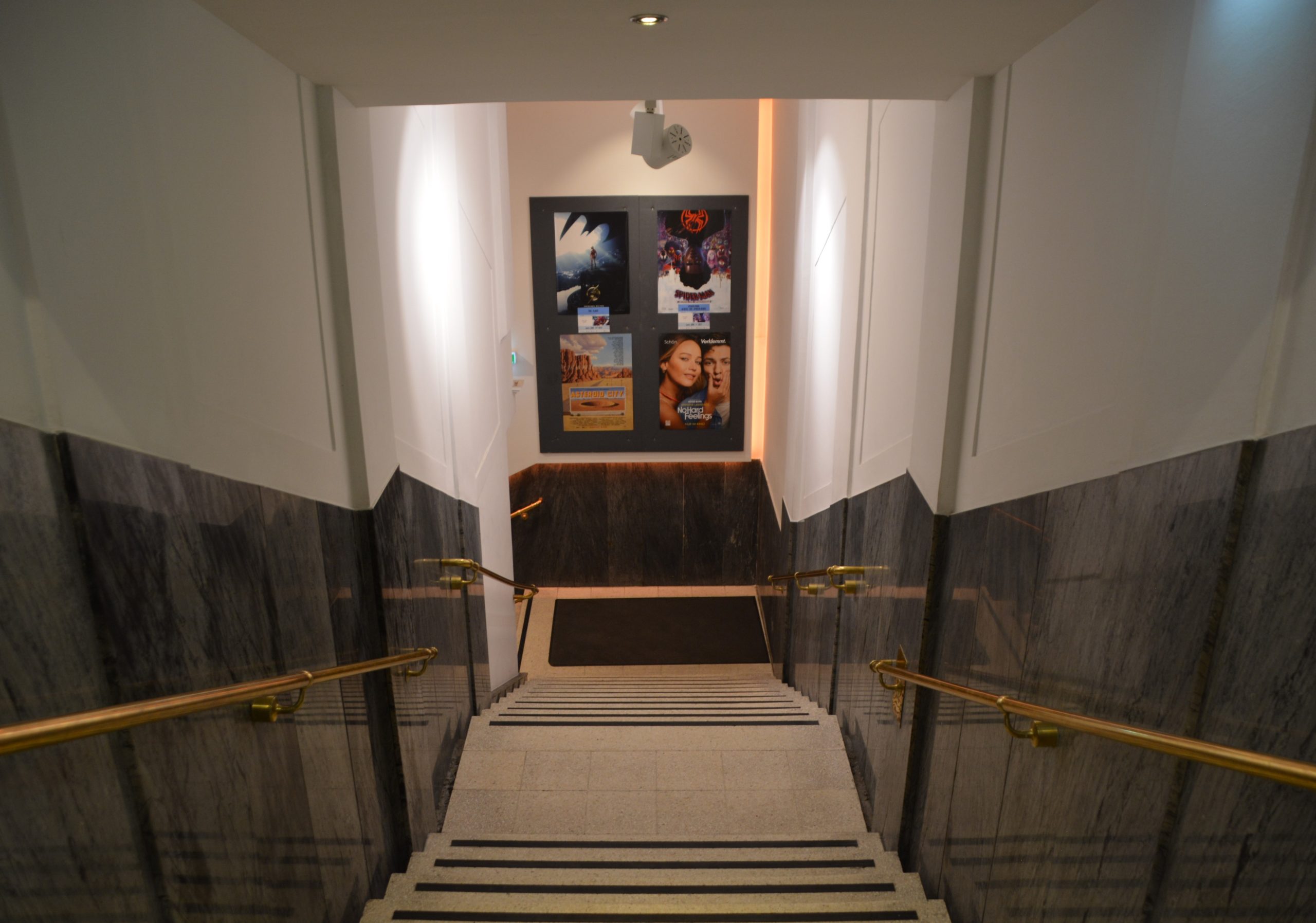
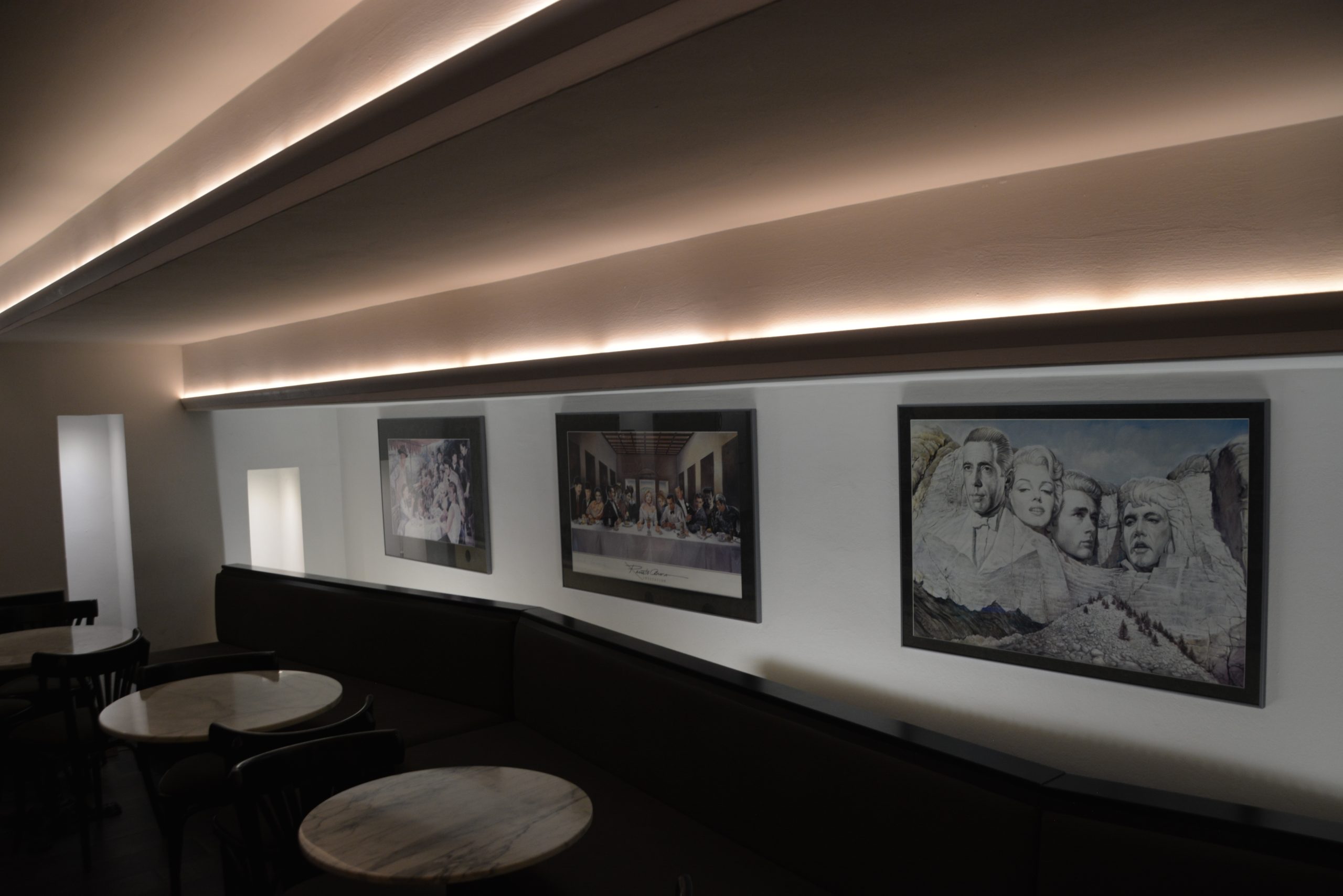
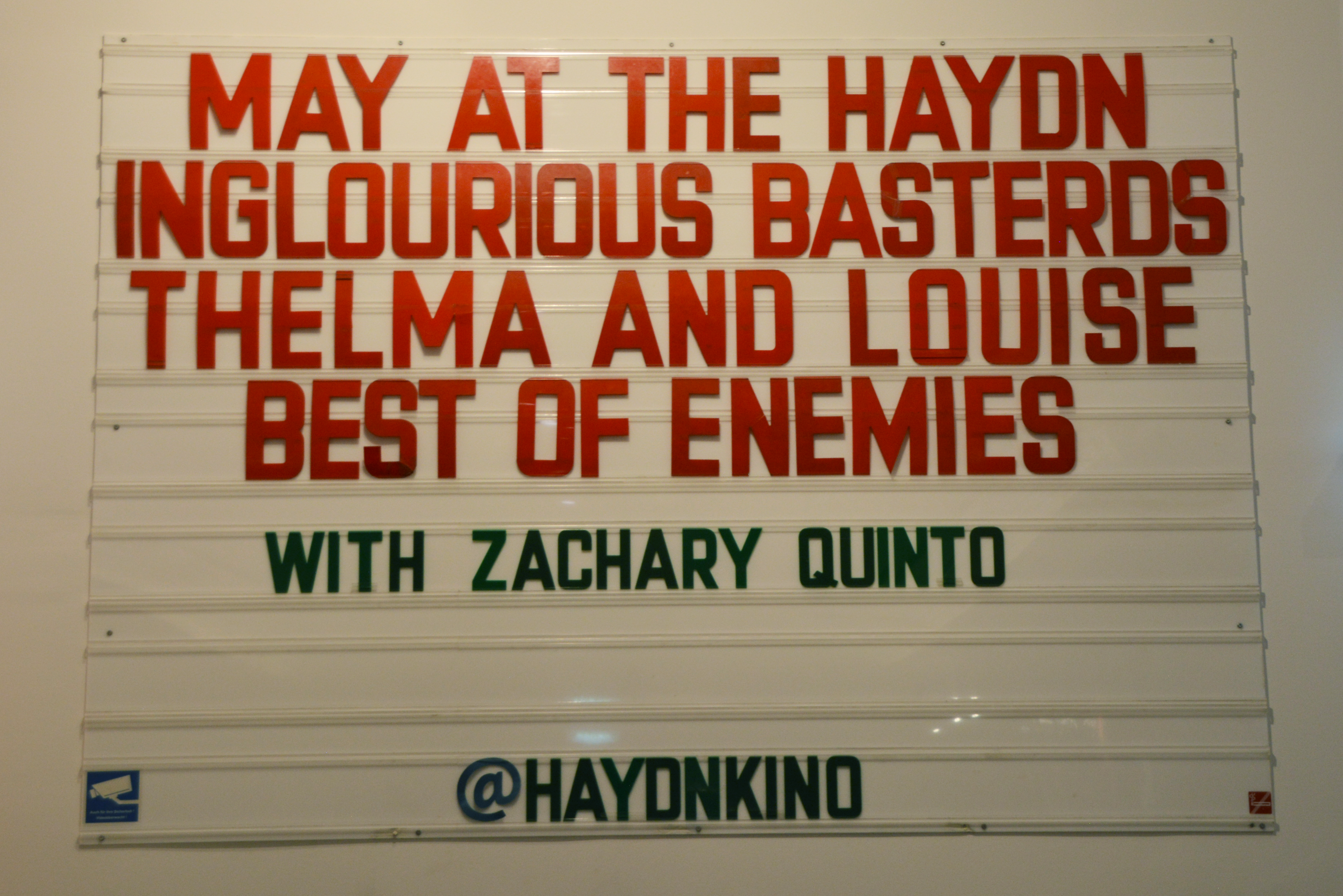
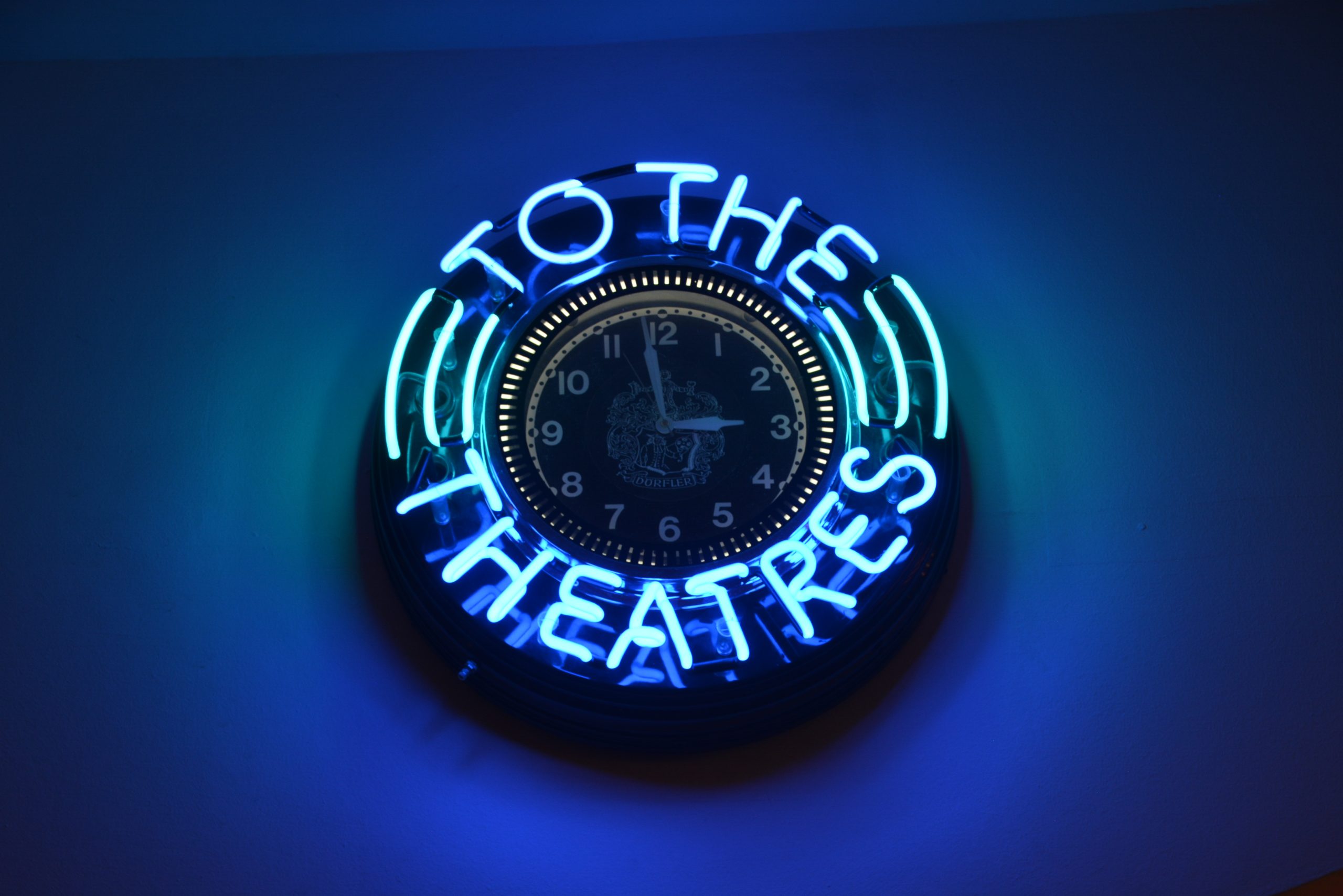
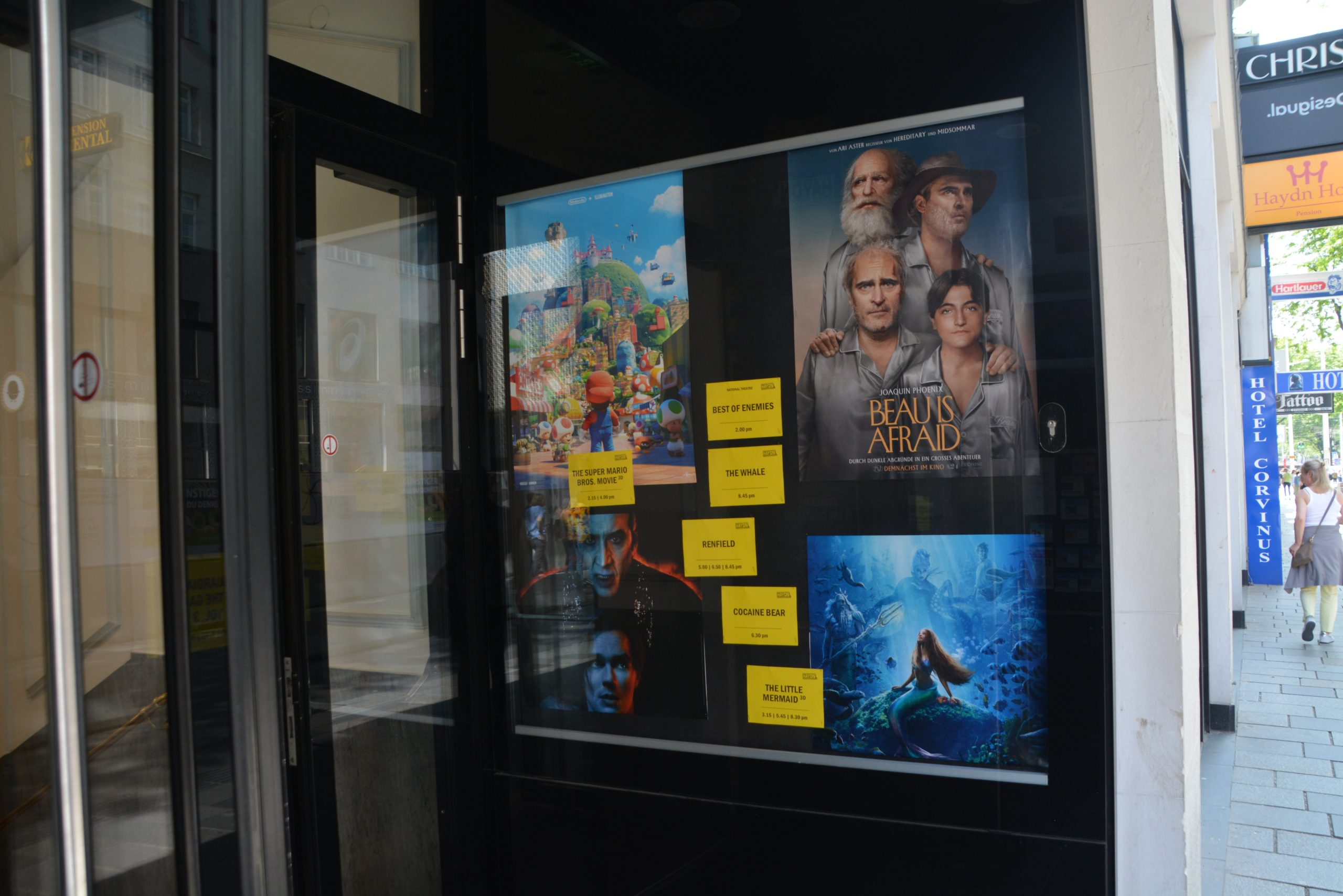
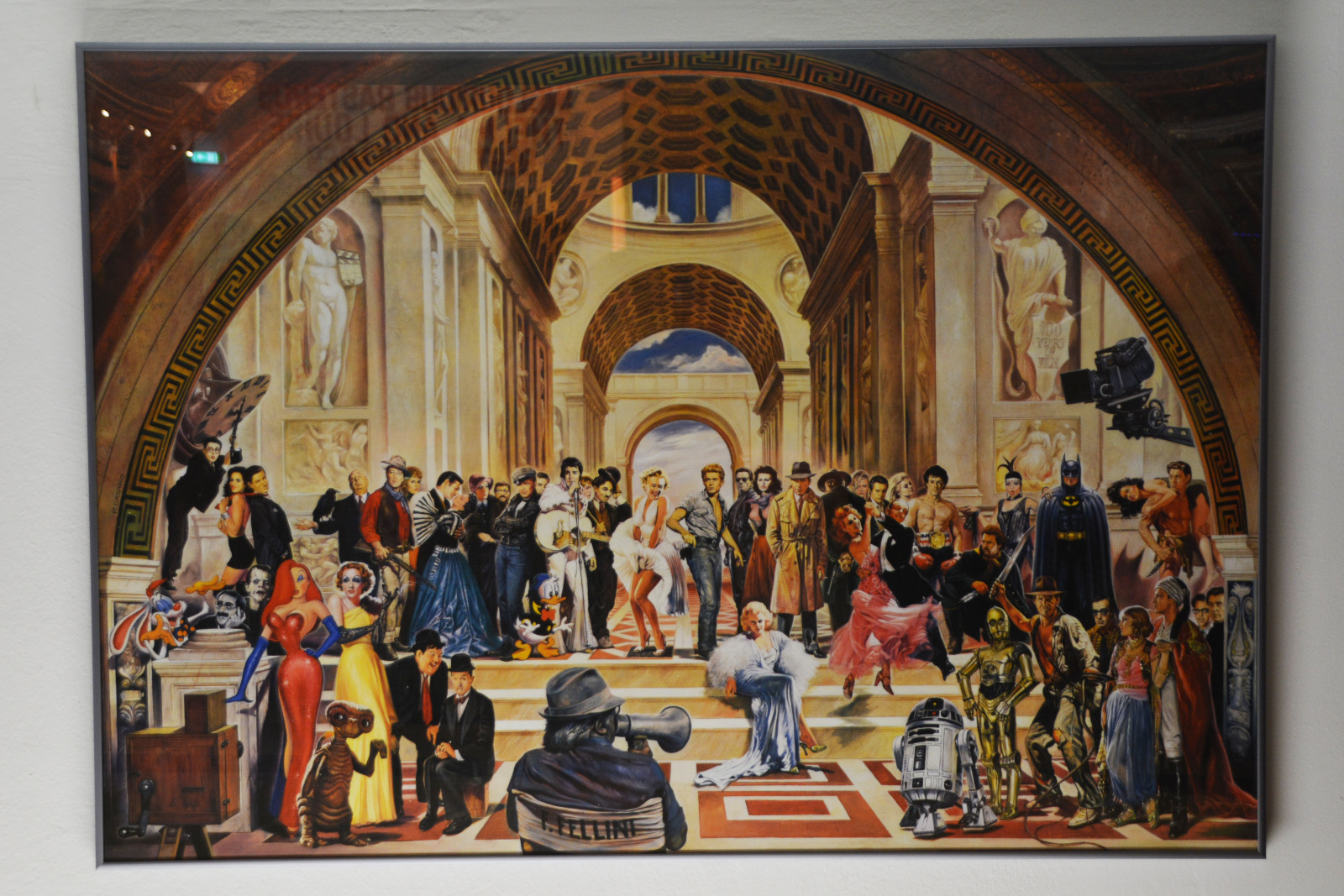
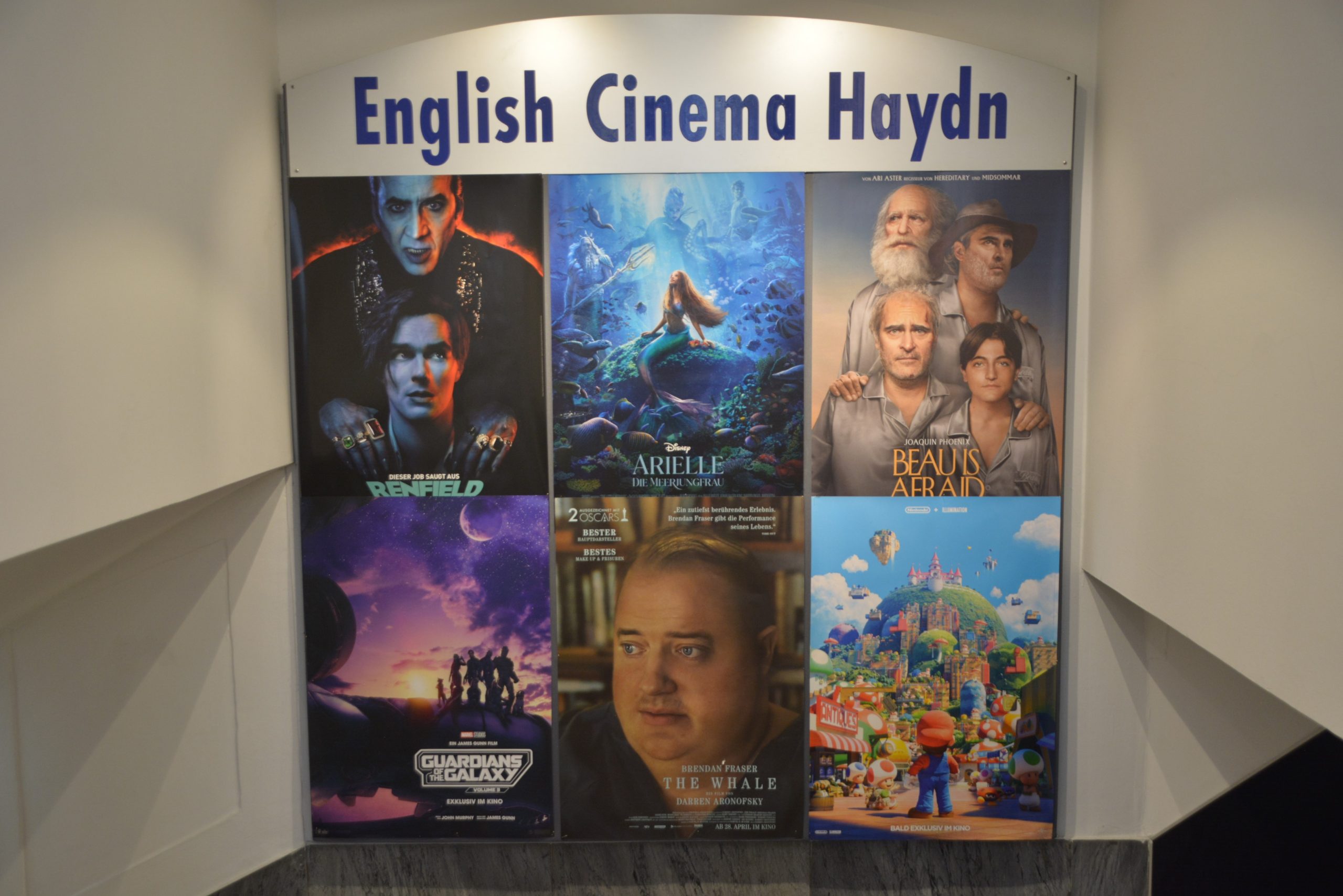
On a visit in the Gartenbaukino
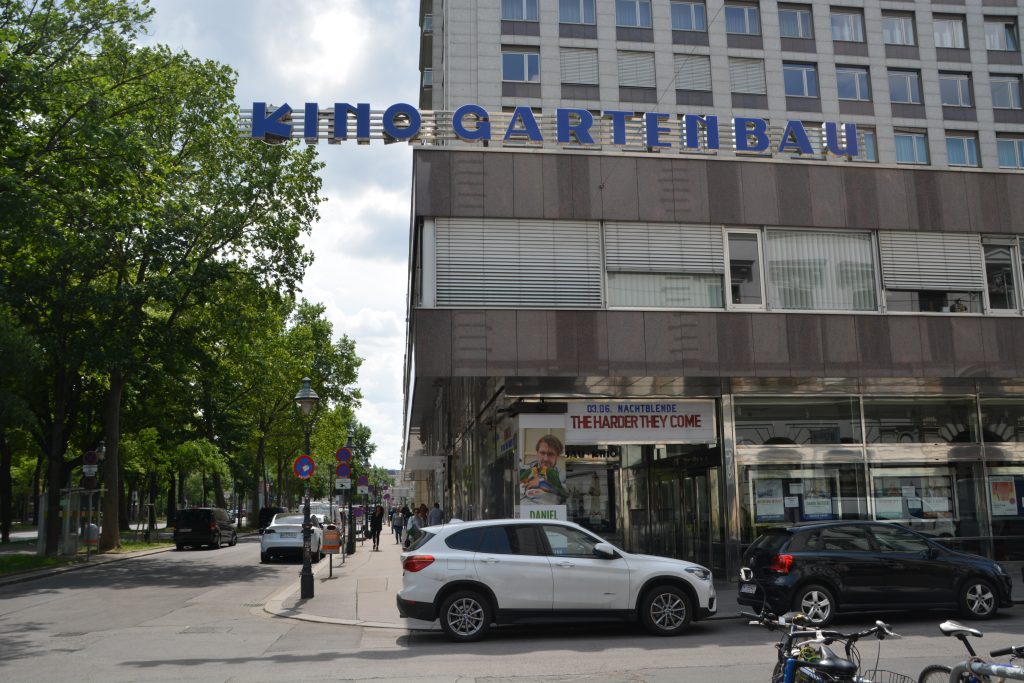
The wind blows through the leaves of old oakwood trees. People are sitting on benches and the rumbling of cars can be heard in the distance. Vienna’s city park for many is a place for exchange and tranquility. Right next to this patch of green the cities last cinema plaza is located. With its metallic exterior it glistens in the sun. On top of the building there are dark blue letters that spell out “Kino Gartenbau”. When entering the cinema, it welcomes you with its wide and open interior that combines a sense of nostalgia with modern comforts. A corridor leads to the cinemas only movie theater. It is dimly lit and full of dark blue seats.
The Gartenbaukino was opened in 1960 and as one of the last big one-room cinemas it has a huge significance in Vienna. With its 736 seats it has not only hosted a great number of premiers and famous guests, but also the annual film festival Viennale. Because of its unique and striking architecture, in 2018 the cinema was awarded the title of a class listed monument.
“Covid was difficult for everyone, also for us.”, says Norman Shetler, who is the manager of the Gartenbaukino. Therefore, since March 2023 the cinema is part of a project called “nonstop Kinoabo”. Here viewers pay 20€ a month and can go to 18 Arthouse cinemas all over Austria to see as many movies as they want. The goal is to attract new audiences and enhance to movie-going experience.
Listen to the audio to get to know the cinema better:
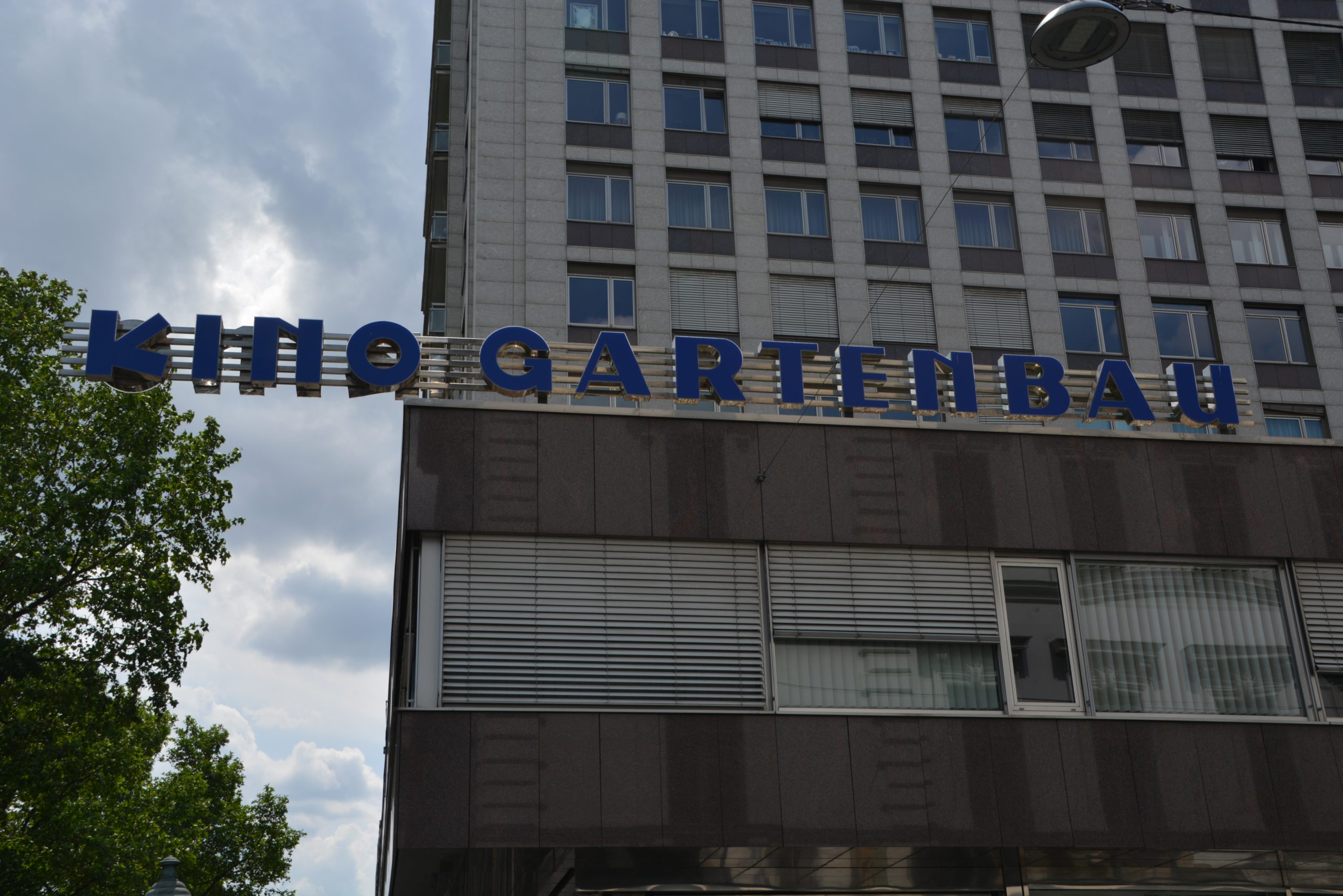
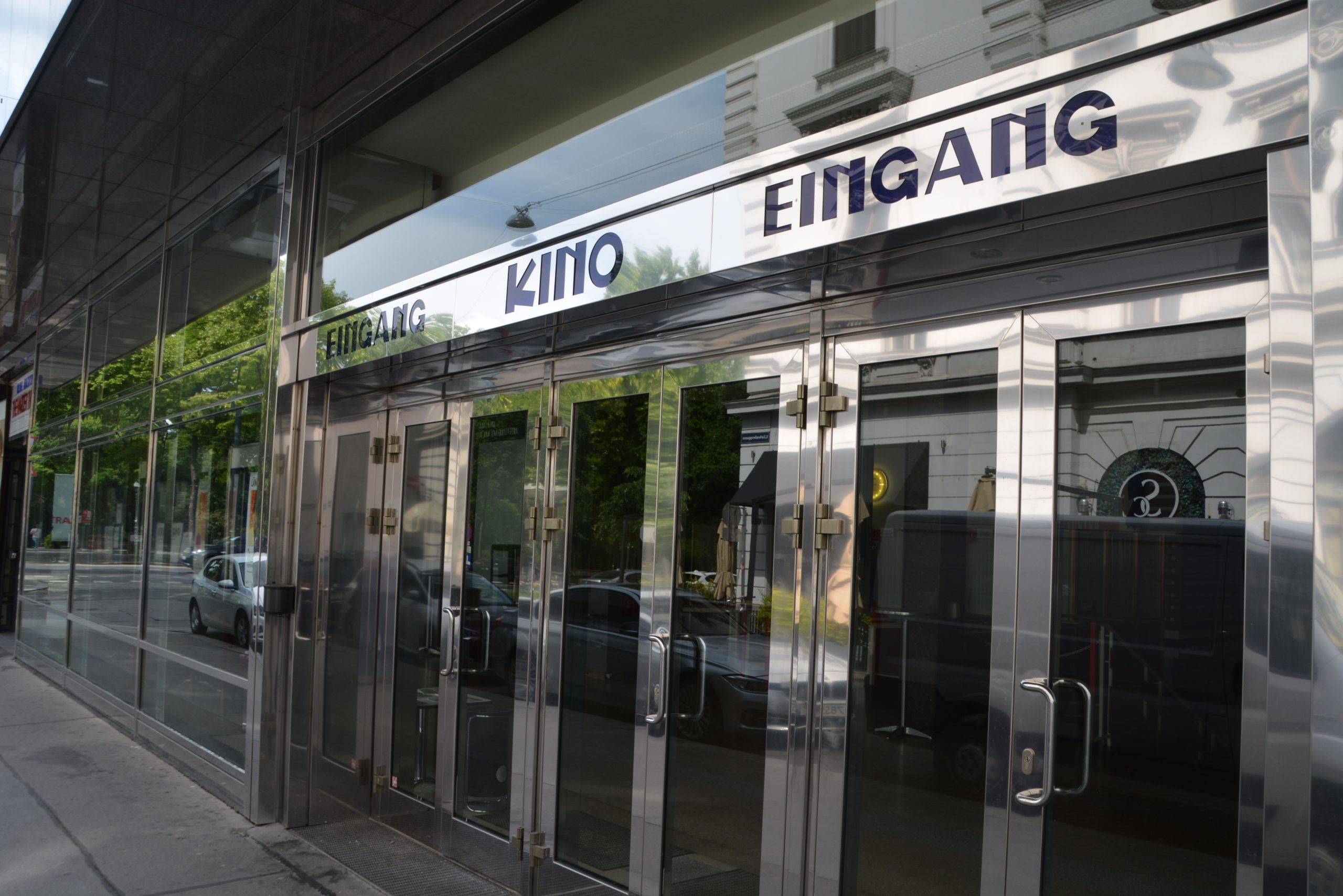
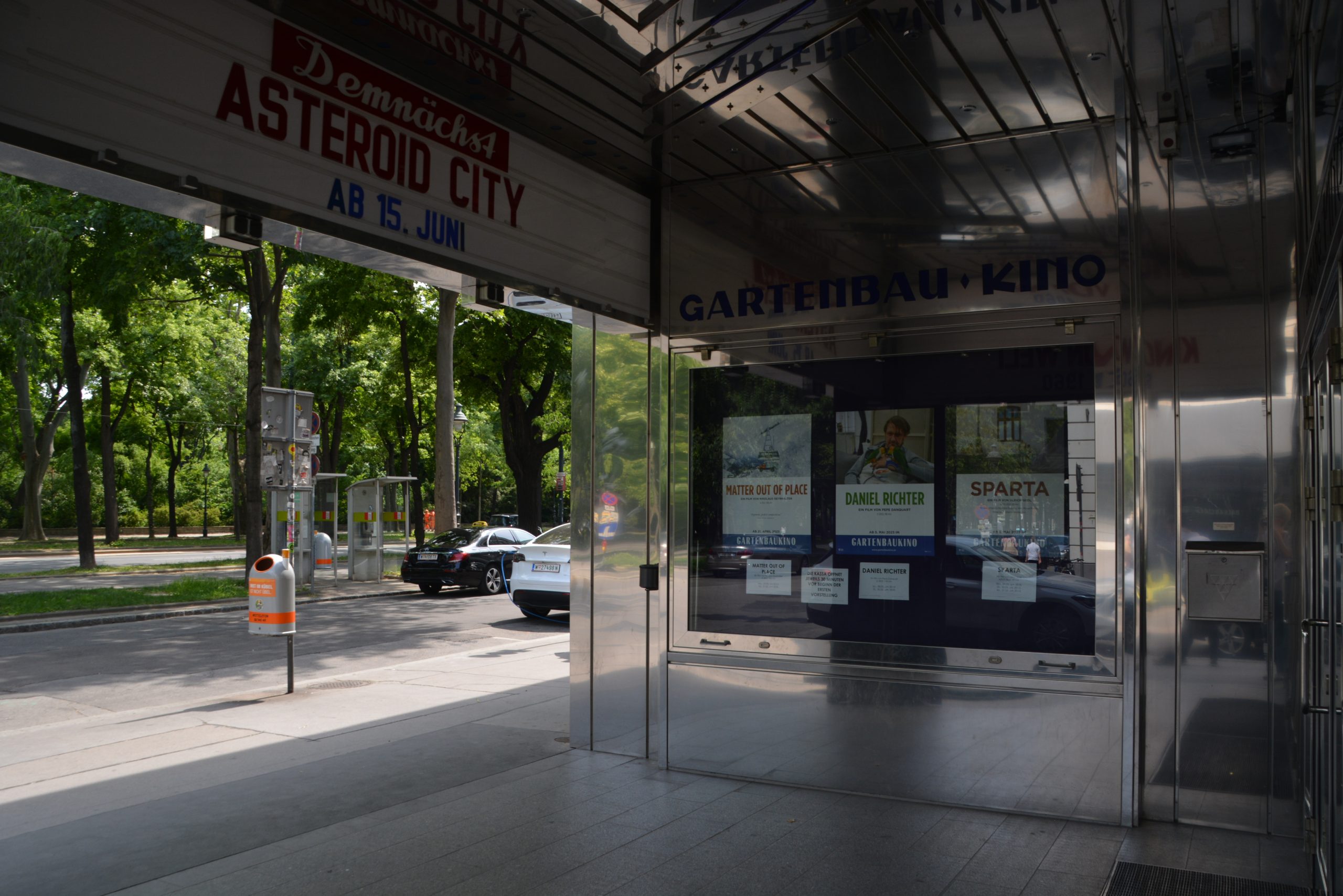
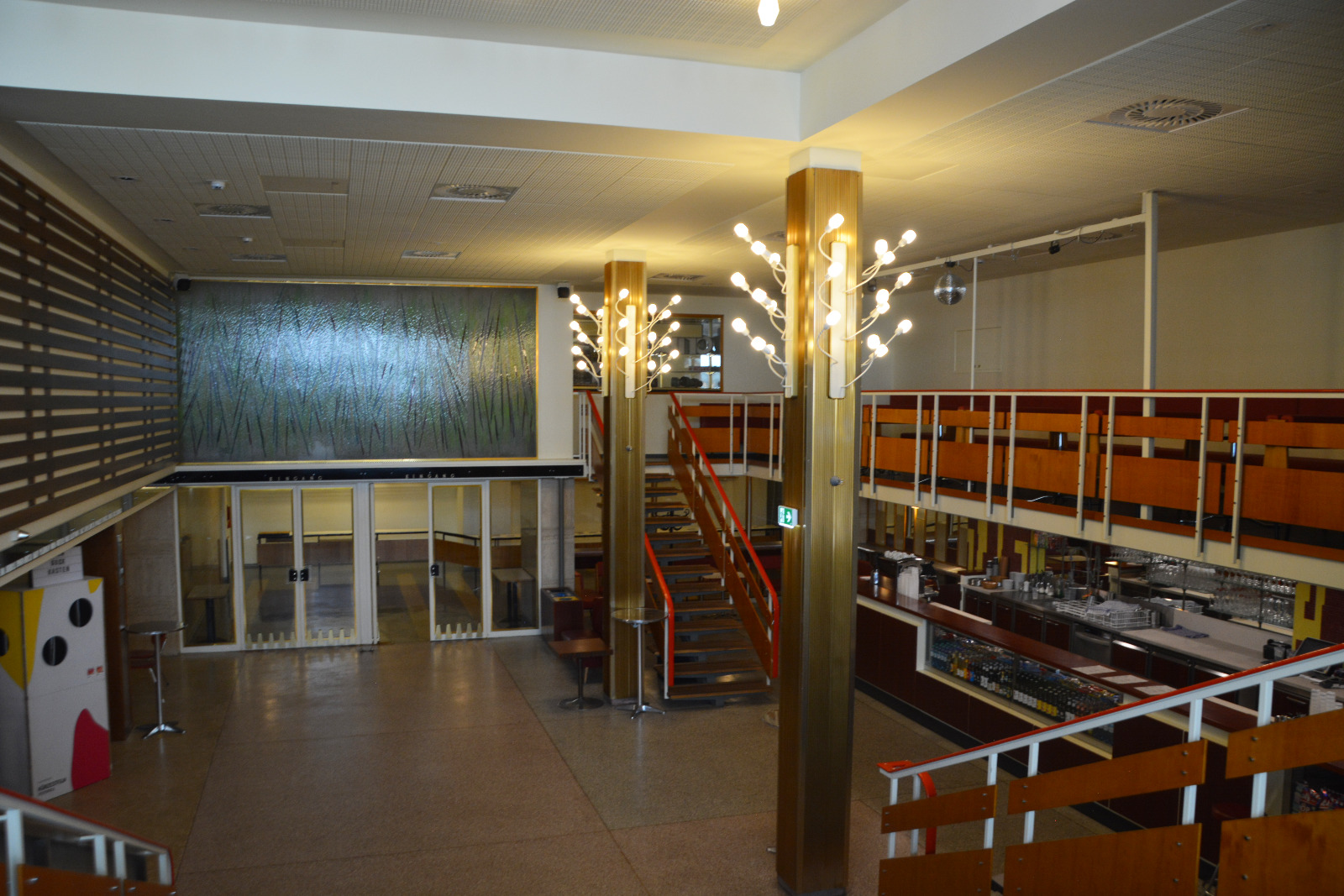
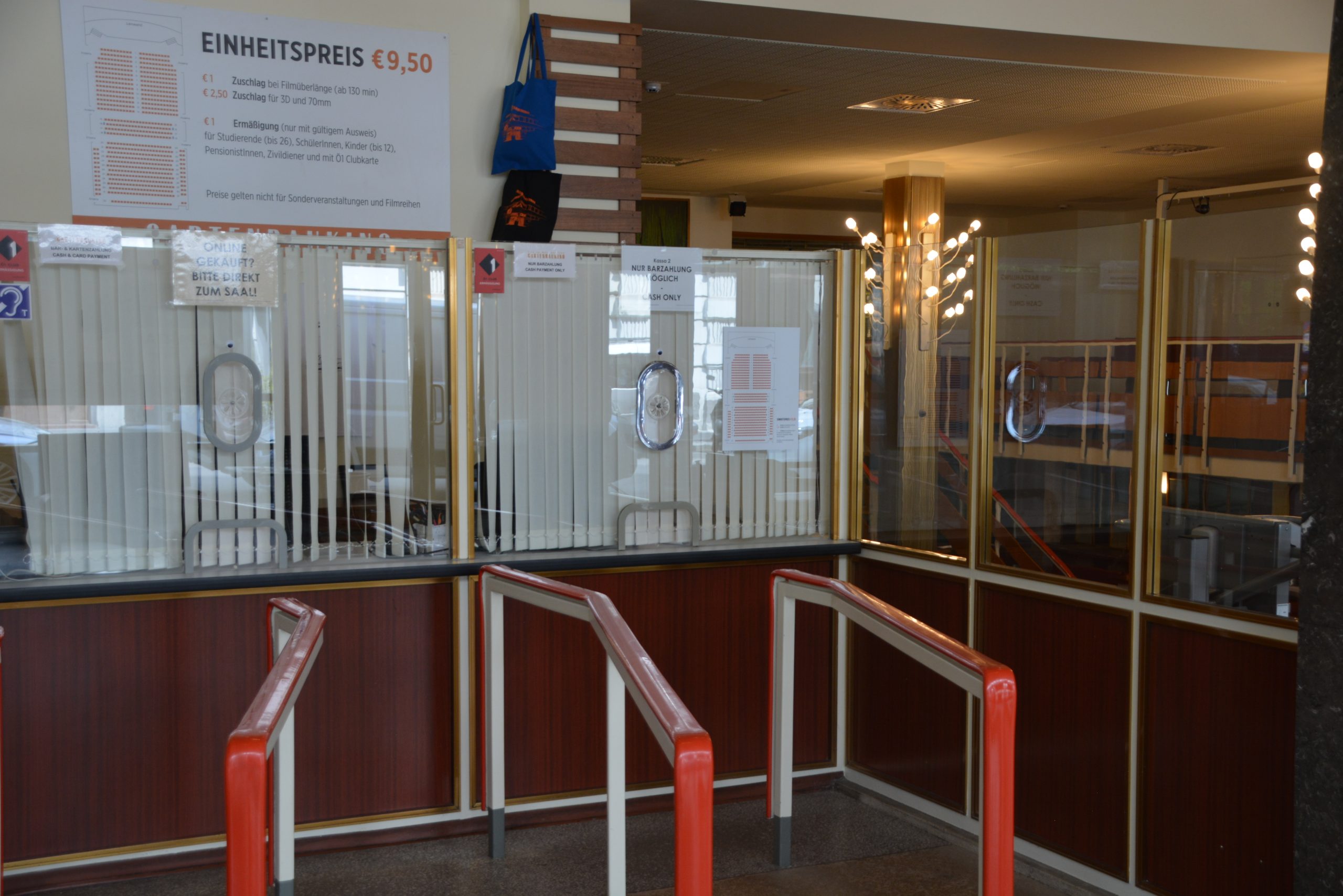
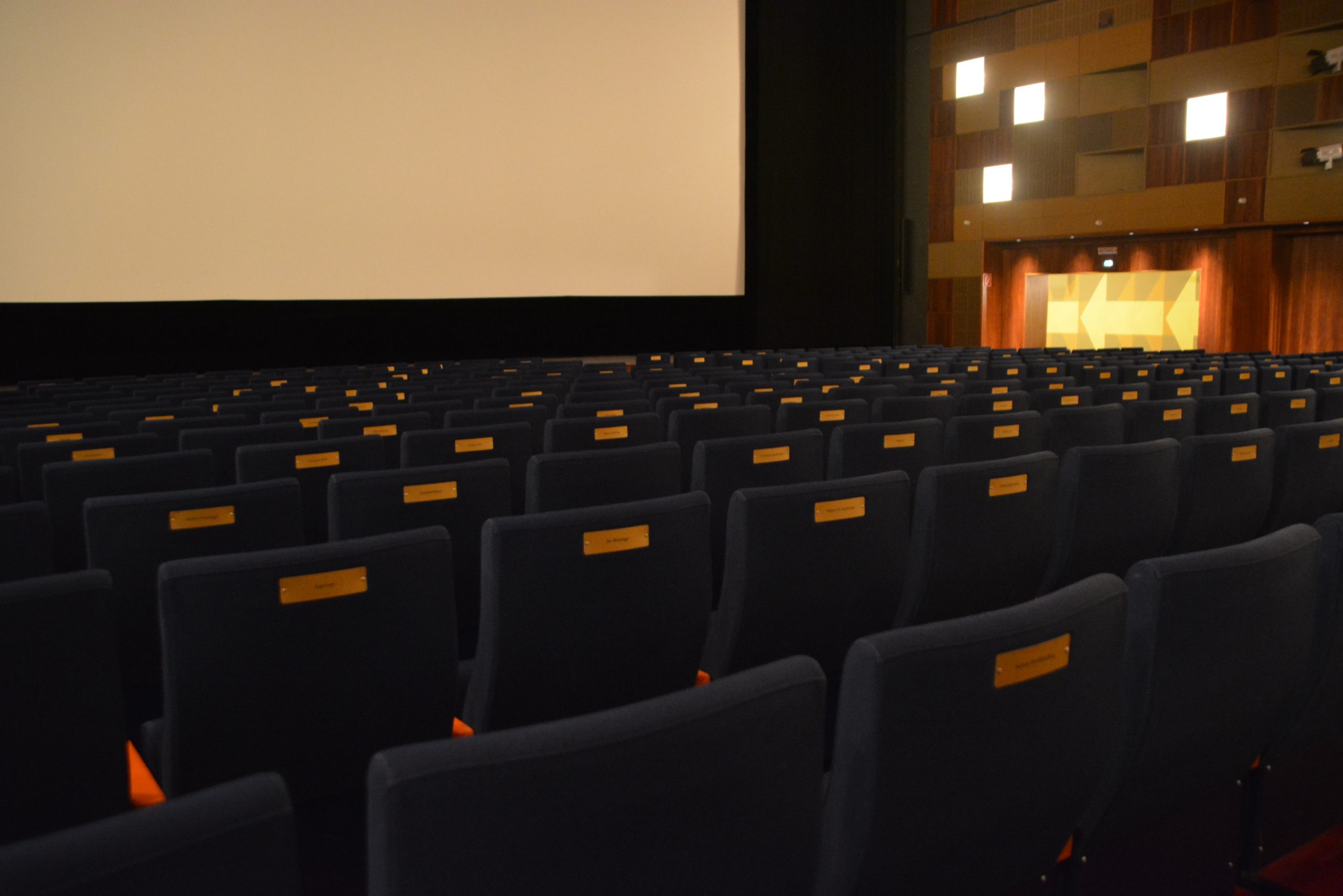
Even though it was a challenging time for a great number of cinemas, they learned how to manage in moments of crisis. “Because of Covid we realized that we have to show more than just a normal program. That’s why right now we’re always searching for innovative ideas.”, says Reinhard Koller Astleitner. Cinemas were struggling to handle the unpredictability of the pandemic, but now the trust to the audience has returned. “Last year I did not fully feel safe yet, but right I believe that everything is good and secure again.”, says Norman Shettler. After a period of social distancing and closure the alternative cinema scene has recovered from the lockdowns. The audiences are finally back to celebrate Vienna’s long movie history.
